The private equity market in Germany, Austria, and Switzerland (DACH region) is experiencing a period of transformation. As fundraising remains challenging and investor priorities continue to shift, LPs are reassessing their allocations, weighing risk and return, and placing greater emphasis on ESG-driven investment strategies.
At the recent 0100 DACH conference in Vienna (February 18-20), the panel "LPs View on the Current Allocations in the DACH Market & Fundraising Activity" featured leading investors offering insights into key industry trends. The discussion was moderated by Tülin Tokatli, CFA, former EIF investor and CEO at Pitch Me First, and included expert perspectives from:
Britta Lindhorst, former Head of European Investments & Global Head of ESG/Impact at HQ Capital
Martin vom Hagen, Partner at Adams Street Partners
Florian Schepp, Owner at LN16
The panel explored fund selection strategies, the challenges facing mid-market funds, and the growing role of secondaries as a liquidity solution. With private equity allocations under scrutiny and ESG considerations becoming a core investment factor, understanding these shifts is essential for LPs and fund managers looking to stay ahead in the evolving DACH private equity landscape.
Fundraising Realities: A Tale of Two Markets
The current fundraising environment is tough, with LPs prioritizing re-ups with established GPs rather than allocating to new managers.
Longer fundraising cycles are becoming the norm, particularly for first-time and spin-out funds.
Mega-funds continue to dominate capital flows, while small and mid-cap funds struggle to attract commitments.
Over-allocation to private equity, combined with lower distributions, has led to a more risk-averse LP mindset.
Despite these challenges, high-quality managers continue to secure commitments, though at a slower pace.
The Mid-Market Dilemma: Risks or Opportunities?
While large-cap funds attract the bulk of investor capital, the small and mid-cap segment presents untapped potential:
Lower valuations & non-auction deals: Mid-market investments tend to offer better entry prices and less competitive bidding, creating a potential for higher alpha.
More diversified exit strategies: Unlike mega-funds, small-cap investments have multiple exit options—strategic buyers, larger PE firms, or IPOs.
Growing investor interest: Many institutional LPs are shifting toward a "core & satellite" approach, maintaining large-cap allocations but diversifying into smaller funds for excess returns.
However, first-time managers and smaller funds still face hurdles due to LP concerns around scalability, operational risk, and long-term track records.
ESG: From Compliance to Competitive Advantage
ESG has moved beyond a soft topic to a hard investment criterion for many LPs:
ESG integration is now a requirement for many institutional investors, not just a preference.
Investors are demanding measurable ESG performance, focusing on carbon reduction, sustainable business models, and regulatory alignment.
Impact-focused strategies, such as energy transition funds, have gained traction, often closing oversubscribed rounds despite the challenging market.
This shift underscores a fundamental change: LPs no longer see ESG as a trade-off but rather as a driver of long-term value creation.
Secondaries: A Growing Market Segment
With liquidity constraints and fewer exits, the secondary market has become a key portfolio management tool:
Shorter durations & quicker exposure make secondaries attractive for LPs seeking faster capital deployment.
New secondary market segments are emerging, including continuation vehicles, infrastructure secondaries, and private debt secondaries.
Secondaries help LPs manage over-allocation challenges, providing liquidity in an illiquid asset class.
Rather than just a tactical solution, secondaries are now viewed as a strategic portfolio component.
The DACH Market in a Global Context
Germany and the broader DACH region continue to face structural and regulatory challenges that impact GP growth:
Scaling remains a challenge, with many successful DACH-based GPs expanding to London or other global hubs rather than scaling domestically.
Family offices are shifting back to fund investments, realizing the operational complexity of direct investments.
The region is still playing catch-up compared to the more mature Nordic and Anglo-Saxon private equity ecosystems.
However, institutional LPs remain committed to European private equity, with increasing allocations to venture capital and mid-market buyouts as part of a diversified approach.
Looking Ahead: What’s Next for DACH Private Equity?
The panel discussion highlighted that private equity operates in cycles, and current trends will evolve:
LPs will continue diversifying beyond mega-funds, seeking alpha in smaller, high-performing GPs.
ESG will further integrate into core investment decision-making, moving beyond compliance to true financial materiality.
Secondaries will play a bigger role in portfolio management, especially as exit timelines remain uncertain.
Germany’s PE ecosystem must mature, requiring more local institutional capital to back domestic GPs before they look to expand internationally.
While fundraising remains tough, opportunities exist—particularly for investors willing to look beyond brand names and large-cap safety nets. As LPs rebalance their portfolios, adaptability will be key in navigating the evolving DACH private equity landscape.
